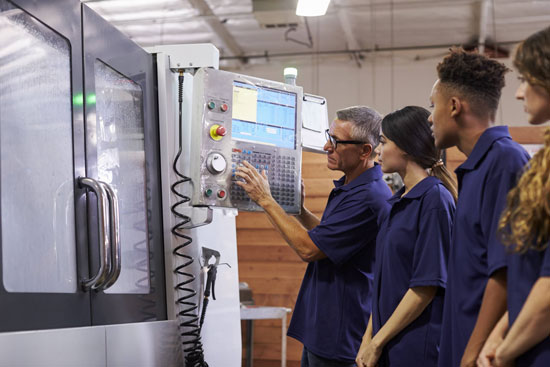
What is Customer Loyalty? How to build Customer Loyalty?

What is Customer Loyalty? What role do loyal customers play for businesses in general and marketing activities in particular? How to build customer loyalty?
What is Customer Loyalty?
Customer loyalty to a business is a term that refers to the frequency and likelihood of customers returning to use the products/services of that business. The higher the loyalty, the higher the frequency and likelihood of that customer returning to the business. In most cases, loyalty reflects a customer's positive view of a company's brand.
The importance of loyal customers to businesses
Customer loyalty is one of the factors that help businesses have good competitiveness in the market, helping businesses save costs for advertising or promotion campaigns to find new customers.
Customer loyalty is one of the big goals in marketing activities of businesses. The higher the number of loyal customers, the higher the effectiveness of marketing activities. A business with a large number of loyal customers often has stable revenue, sustainable development, and high brand value.
How can customer loyalty be built?
1. Provide customers with products/services with a good user experience
Good product/service experience is the first decisive factor for businesses to gain customer loyalty. The experience of using the product/service will include, quality - including its ability to meet the needs of the product/service, durability, design, service delivery process, features, service accompanying, after-sales ... and experience throughout from the process of learning, buying products to using and after using. Customers come to businesses to buy products/services, and the nature of the products/services that businesses provide is to help them solve and satisfy their needs. If a customer has any bad experience during use, the probability of this customer coming back to the business will be very low. Here are some manifestations of good and bad product/service experience.
| Manifestations of good product/service experience | Manifestations of poor product/service experience |
|
SUBJECTIVE FACTORS - For food: Delicious, hygienic, high nutritional ingredients, good for health... - For equipment/equipment/components/materials: High durability, stable operation, beautiful design, user-friendly, no harm to user's health and environment.. . - For consulting services and activities: fast, punctual, staff equipped with good professional skills, enthusiastic, friendly & polite staff attitude... - Information on products and service price list is complete and accurate with reality |
SUBJECTIVE FACTORS - For food: Difficult to eat/drink taste, poor hygiene, low nutritional content, harmful to health - For equipment/equipment/components/materials: Easy to damage, slow to operate, poorly designed & sketchy, less user-friendly, often harmful to users' health and environment... - For services and consulting activities: slowness, procrastination, or delay in appointments, poor staff performance, unfriendly staff attitude, impoliteness... - Information on products, service price list is wrong with reality or sketchy, easy to cause confusion |
|
|
OBJECTIVE FACTORS - Customers jostle and push in the process of buying or using products/services |
2. Regularly interact with customers
Although there is a good experience when using a product/service, those memories may be forgotten if after a while there is no interaction between the customer and the business. Therefore, regularly interacting with customers is a way for businesses to keep each relationship. Depending on the characteristics of each type of product or service, each type of customer and the environment, businesses choose different means of interaction, from meeting face-to-face to calling, emailing, social networks.. Normally, these interactions are mainly to inquire about the situation and experience of customers and introduce new products, promotions...
3. Implement loyalty programs
Loyalty programs are one of the most effective marketing tools in building customer loyalty. Most loyalty programs give old customers more value than new customers, and that is the mechanism that will encourage customers to return to the business. Depending on the characteristics of the product/service, the characteristics of the target customer, and the financial situation of the business, the mechanism of the loyalty program will be different. Some businesses apply the method of accumulating points and exchanging gifts, others apply the form of discounts or purchases at preferential prices...
4. Support corporate customers in production and operation (in business markets)
Unlike the consumer market, the customer experience in the business market is mainly in the manufacturing stage. Therefore, currently, a number of enterprises providing raw materials, components, and production materials often have policies or programs to support customers in the production and operation stages, such as sending employees to train. knowledge and skills related to using machines, staff monitoring operation and maintenance... thereby helping our customers to ensure the output quality of products.











